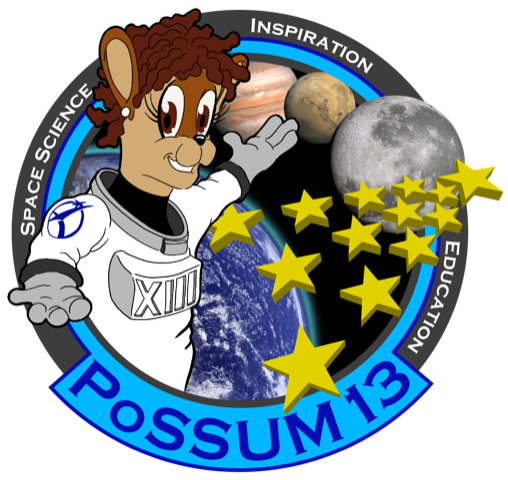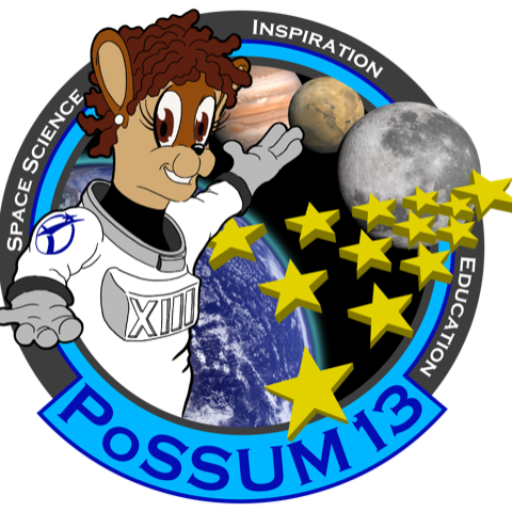General constraints: The flight plan includes 6 parabolas, each consisting of 20 seconds of reduced gravity. There will be up to three (3) minutes of level flight time between consecutive parabolas, which could be used for setting up experimental procedures by Payload Specialists onboard. Special requirements such as biological lab space, clean rooms, etc. will not be available. It is the team’s responsibility to supply any specialty tools or equipment required for their experiments.
Human factor experiments, the following guidelines should be followed:
- Human-task experiments will be performed by Payload Specialists on board the Falcon-20. These tasks may employ simple tools or may be focused on human factors.
- The science objective should be to better understand crew performance under reduced gravity conditions, and may include tasks conducted while wearing a pressurized space suit. Examples of microgravity human factors include: evaluation of motor skills and decision making, analyzing the manipulation of objects or tools while wearing spacesuit gloves, evaluation of human-tool interfaces, and student-designed wearable electronics to collect biometric data.
For payload experiments requiring pieces of equipment, the following guidelines should be followed:
-
Experimental payloads may be designed and built to investigate phenomena in biology, physics, materials science, engineering, or other fields of inquiry.
- Payloads must be approximately the size of a lunch box, CubeSat, or shoebox but be no more than 20 cm x 10 cm x 10 cm (L x W x D).
- Payloads may not need to be contained but must meet the requirements for size and weight.
- Your payload must weigh no more than 5 kg or 11 lbs. If using electronics, total power consumption should be constrained below 100 W. Electrical components must be compatible with standard 115VAC/5A/60Hz outlets.
- If applicable, use only dry cells, zinc-air, alkaline, or Ni-Cad batteries. Electrolyte or lithium-type batteries should be avoided whenever possible.
- Be free of materials classified as physical, health or environmental hazards under Canada’s Hazardous Products Act such as high-pressure, toxic, corrosive, explosive and flammable materials.
- Experimental payloads must be tested in the ground to 9G crash loads.
- Biological specimens shall not present any risk to mission specialists and should be contained within a sealed space.
TEDP: Test Equipment Data Package – a document that describes the experimental objectives, hardware, operating procedures, safety checks, and handling/installation instructions.
NRC FRL: National Research Council’s Flight Research Laboratory
FRR: A one-on-one session with the flight engineers, technicians and Scientist-Astronauts to describe the experiment in detail and to demonstrate how the experiment will be performed.
Integration: The process of installing the experiment, e.g. bolting hardware to the aircraft, connecting power cables, etc.

